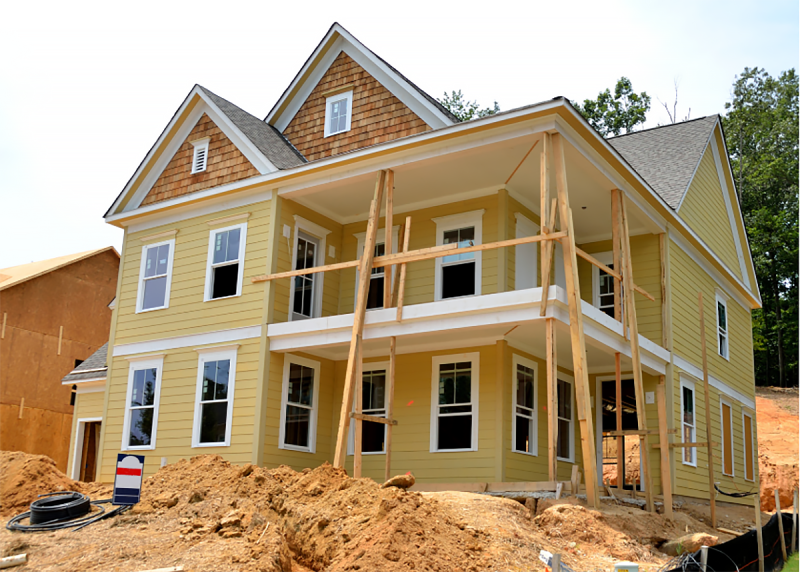Advertisement
Shadow Inventory Drops to 1.7 Million Units in Latest CoreLogic Study

CoreLogic has reported that the current residential shadow inventory as of April 2011 declined to 1.7 million units, representing a five months' supply. This is down from 1.9 million units, also a five months' supply, from a year ago. The decline was due to fewer new delinquencies and the high level of distressed sales, which helped reduce the number of outstanding distressed loans.
CoreLogic estimates current shadow inventory, also known as pending supply, by calculating the number of distressed properties not currently listed on multiple listing services (MLSs) that are seriously delinquent (90 days or more), in foreclosure and real estate owned (REO) by lenders. Transition rates of "delinquency to foreclosure" and "foreclosure to REO" are used to identify the currently distressed non-listed properties most likely to become REO properties. Properties that are not yet delinquent but may become delinquent in the future are not included in the estimate of the current shadow inventory. Shadow inventory is typically not included in the official metrics of unsold inventory.
Data highlights of the latest Corelogic study show:
►The shadow inventory of residential properties as of April 2011 fell to 1.7 million units, or five months' worth of supply, down from 1.9 million units, also five months' supply, as compared to April 2010.
►Of the 1.7 million current shadow inventory supply, 790,000 units are seriously delinquent (2.6 months' supply), 440,000 are in some stage of foreclosure (1.4 months' supply) and 440,000 are already in REO (1.4 months' supply).
►The shadow inventory peaked in January 2010 at two million units, 8.5 months' supply, and stands 18 percent lower than the peak as of April 2011.
►The total shadow and visible inventory was 5.7 million units in April 2011, down from 6.2 million units a year ago. The decline occurred in both the visible and shadow inventories. The shadow inventory accounts for 29 percent of the combined shadow and visible inventories.
►In addition to the current shadow inventory, there are two million current negative equity loans that are more than 50 percent or $150,000 "upside down." These current but underwater loans have increased risk of entering the shadow inventory if the owners' ability to pay is impaired while significantly underwater.
"The shadow inventory has declined by nearly one-fifth since it peaked in early 2010, in large part due to a reduced flow of newly delinquent loans in recent months," said Mark Fleming, chief economist for CoreLogic. "However, it will probably take several years for the shadow inventory to be absorbed given the long timelines in processing and completing foreclosures."
About the author




